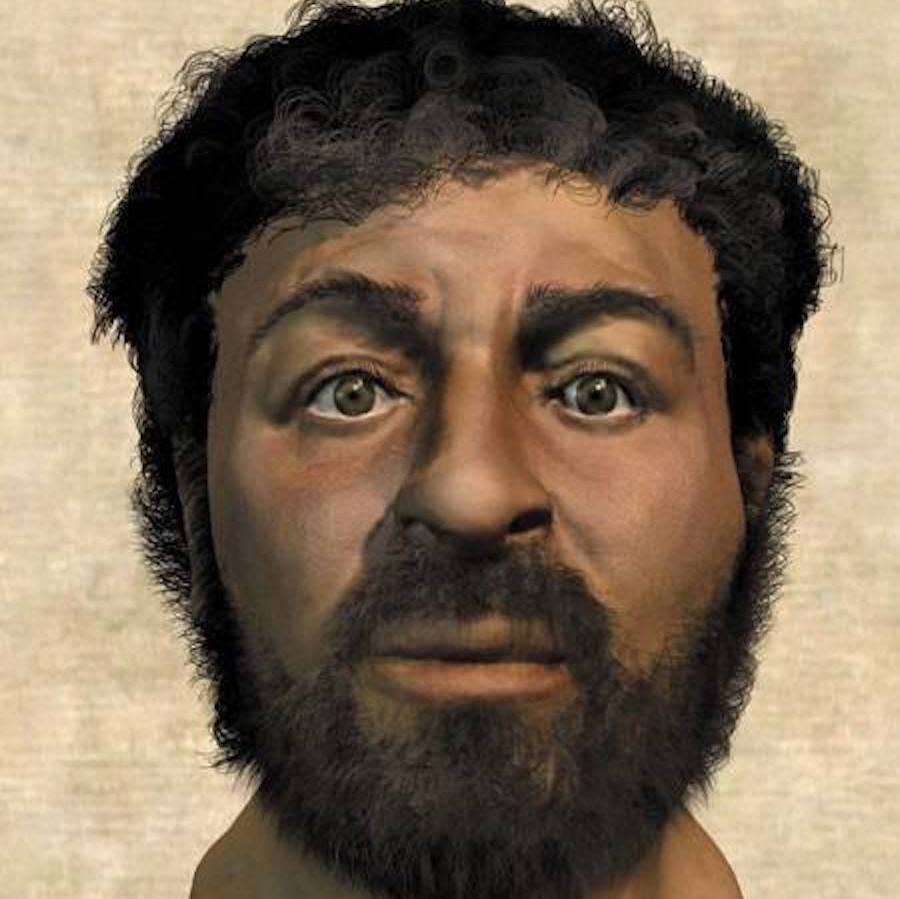
Over the years there have been several paintings and images made of Jesus of Nazareth. Well known and influential examples include Leonardo da Vinci’s “The Last Supper” and more recently Warner Sallman’s “Head of Christ.” Sallman’s depiction of Jesus has been reproduced over half a billion times — the most widely distributed image to date — making it the basis for hundreds of millions of people’s impressions of Jesus. The painting was completed in 1924 and sold to a non-denominational Christian magazine. Although the image became extremely popular, it has been justly criticized for depicting Jesus as an attractive, Caucasian man. He was neither. Jesus was a first century Middle Eastern Jew.
Unfortunately, there is no description of his appearance in the Biblical text other than an Old Testament verse in the Book of Isiah. The prophetic text written well before Jesus’ birth, describes the Messiah as having “no beauty or majesty to attract us to him, nothing in his appearance that we should desire him” (Isaiah 53:1).
Many have turned to the controversial Shroud of Turin for clues regarding Jesus’ appearance. The shroud is thought by some to be the original burial cloth of Jesus and bares a faint brownish image of his face and body. The shroud and its controversy dates to 1354 when it was displayed in a church in Northern France and promptly denounced by some as a forgery. Since then, several tests have been run on the shroud to determine its authenticity. In 1978 American chemist Walter McCone determined the image was painted on the cloth, although his findings are disputed by other researchers. In 1988 a radiocarbon analysis was conducted on the cloth, which determined that the cloth dates to the period between 1260–1390. Yet others dispute these findings — suggesting among other theories that the cloth that was sampled had been tainted.
The intriguing image shown here is a depiction of Jesus developed by British forensic artist Richard Neave in 2015. Dr. Neave and his team X-rayed three Semite skulls previously found by Israeli archaeologists dated from the first century. They used these scans and modern modern-day forensic techniques to generate this depiction. Using digital tomography, the team developed “slices” of the skulls to uncover details of its structure. Then, using special software, they calculated important measurements and how the muscles and skin would look. In contrast to typical Western images, Neave based his reconstruction on features that would have been typical of a first century Jewish male from northern Israel. Jesus would have likely had a dark complexion, dark, short curly hair, a wide face and dark eyes. Based on skeletal remains he suggests that Jesus was likely 5’ 1” tall and weighed about 110 lbs. Although Neave does not suggest this is a conclusive reconstruction of Jesus’ likeness, he does claim that it is far more likely and accurate than the images and depictions generated to date.

While this image is likely closer to reality, I think it still doesn’t take in to consideration the desert environment.and era that Jesus was alive. The sun would have likely weathered his skin and perhaps made it much darker. I imagine that people were out in the open air alot more 2000+ years ago? I see this even today here in Bullhead City where people have heavily damaged skin from being in the intense desert sun all day. I’m sure you see that up in Vegas on the streets as well. MERRY CHRISTMAS David! I suspect that 2025 is going to be a fascinating year to watch evolve!.